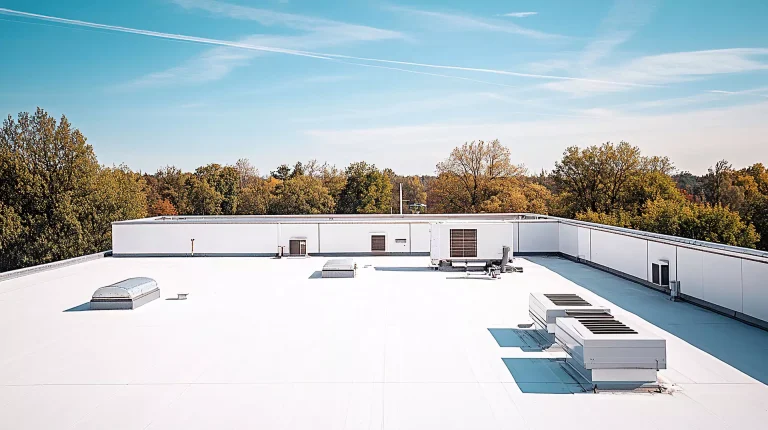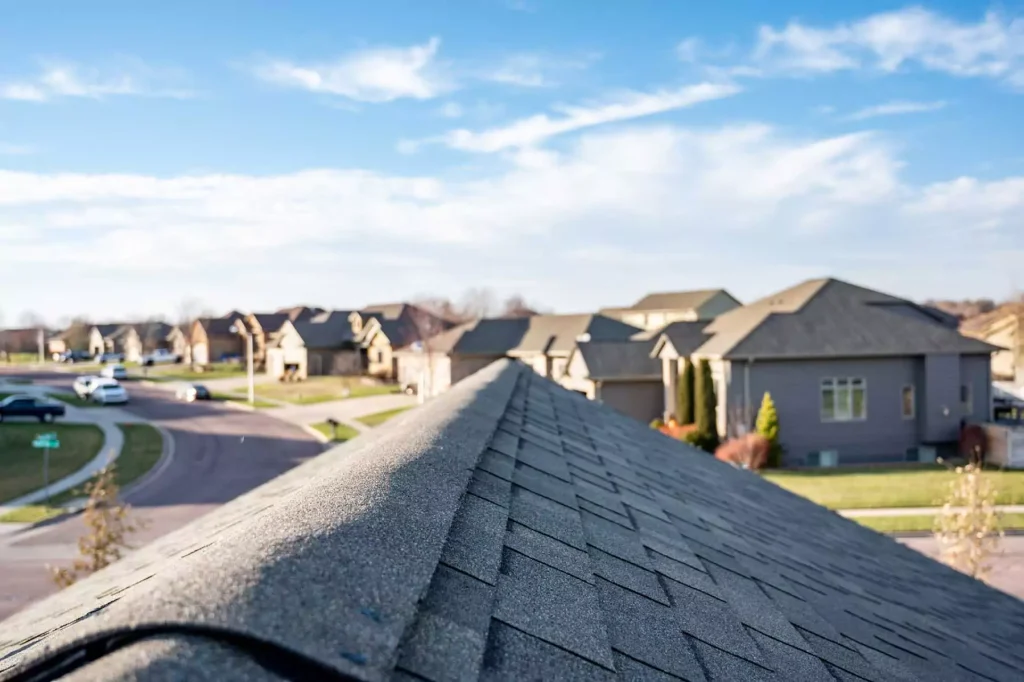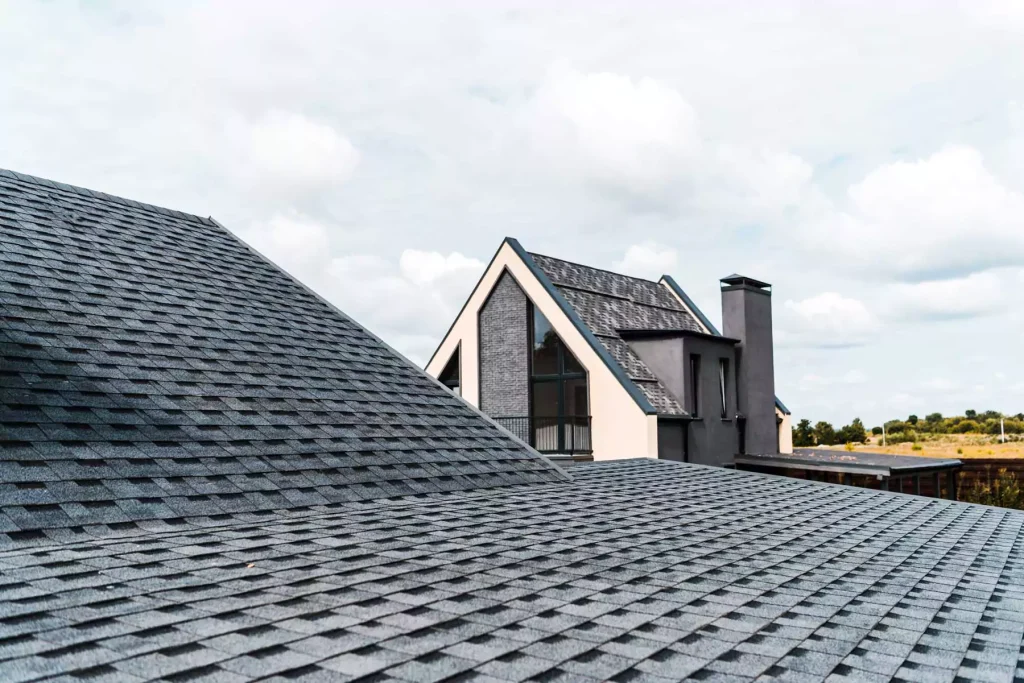Understanding Rubber and TPO Roofing Systems
Rubber and TPO roofing represent two of the most advanced flat and low-slope roofing technologies available today. At Figueroa's Construction LLC, we specialize in both EPDM rubber roofing and TPO (Thermoplastic Polyolefin) installations, offering property owners in Minnesota River Valley region durable, energy-efficient solutions that stand the test of time. These single-ply membrane systems have revolutionized flat roofing over the past several decades, providing superior weatherproofing compared to traditional built-up roofing methods.
The evolution of these roofing materials has been driven by the need for longer-lasting, more sustainable options that can withstand extreme weather conditions while maintaining flexibility and resistance to UV radiation. Our GAF Certification ensures we install these systems according to the highest industry standards, and through our participation in Roofs for the Troops, we bring this expertise to serve those who have served our country.
EPDM Rubber Roofing Technology
EPDM (Ethylene Propylene Diene Monomer) rubber roofing has been protecting buildings for over 50 years, earning its reputation as one of the most reliable flat roofing materials available. This synthetic rubber membrane typically comes in large sheets ranging from 45 to 60 mils thick, minimizing seams and potential leak points across your roof surface. The material’s molecular structure provides exceptional resistance to ozone, ultraviolet radiation, and temperature extremes ranging from -40°F to 300°F.
Installation of EPDM roofing involves either fully adhering the membrane with specialized adhesives, mechanically fastening it with plates and screws, or using a ballasted system where river rock holds the membrane in place. We carefully evaluate each building’s structure, local wind uplift requirements, and intended use to determine the most appropriate installation method. The dark color of EPDM naturally absorbs heat, making it particularly suitable for colder climates where heating costs are a primary concern.
TPO Roofing Advantages and Applications
TPO roofing has rapidly gained market share since its introduction in the 1990s, now accounting for approximately 40% of the flat roofing market. This white, reflective membrane combines the weatherability of EPDM with the heat-weldable seams of PVC, creating a best-of-both-worlds solution. TPO membranes typically range from 45 to 80 mils in thickness and contain no plasticizers, eliminating concerns about chemical migration and brittleness over time.
The heat-welded seams of TPO create a monolithic surface that’s significantly stronger than adhesive-based seaming methods. Using specialized hot-air welding equipment, we create seams that are actually stronger than the membrane itself, virtually eliminating the possibility of seam failure. The white surface reflects up to 87% of the sun’s rays, reducing cooling costs by as much as 30% during summer months and helping buildings meet increasingly stringent energy codes.
Installation Process and Technical Considerations
Proper installation begins with a thorough inspection of the existing roof deck and insulation system. We evaluate moisture content using specialized meters and infrared technology to identify any compromised areas that need replacement before the new membrane installation. The substrate must be smooth, clean, and properly sloped to ensure positive drainage – typically a minimum of ¼ inch per foot.
- Insulation Installation: We install rigid polyisocyanurate or XPS insulation boards to achieve the required R-value, mechanically fastening them to create a stable substrate
- Membrane Attachment: Whether using adhesives, mechanical fasteners, or induction welding, we ensure proper attachment patterns based on wind uplift calculations
- Detail Work: Critical areas around penetrations, edges, and transitions receive reinforced membranes and specialized flashings
- Quality Control: Every seam undergoes probe testing, and we perform flood testing or electronic leak detection before project completion
Maintenance and Long-term Performance
Both rubber and TPO roofing systems require minimal maintenance when properly installed, though regular inspections help maximize their 20-30 year service life. We recommend biannual inspections to check for ponding water, debris accumulation, and any signs of membrane stress around rooftop equipment. Simple cleaning with appropriate detergents maintains the reflectivity of TPO membranes, preserving their energy-saving properties.
Throughout Fairmont, Welcome, Sherburn, Blue Earth, and Trimont, MN, weather conditions including heavy snow loads, freeze-thaw cycles, and intense summer heat challenge roofing systems. Our experience with these local conditions, combined with manufacturer training and our commitment to quality installation practices, ensures your rubber or TPO roof will provide decades of reliable protection. Contact Figueroa's Construction LLC for your free inspection and discover how modern single-ply roofing technology can benefit your property while staying within budget through our flexible financing options.


